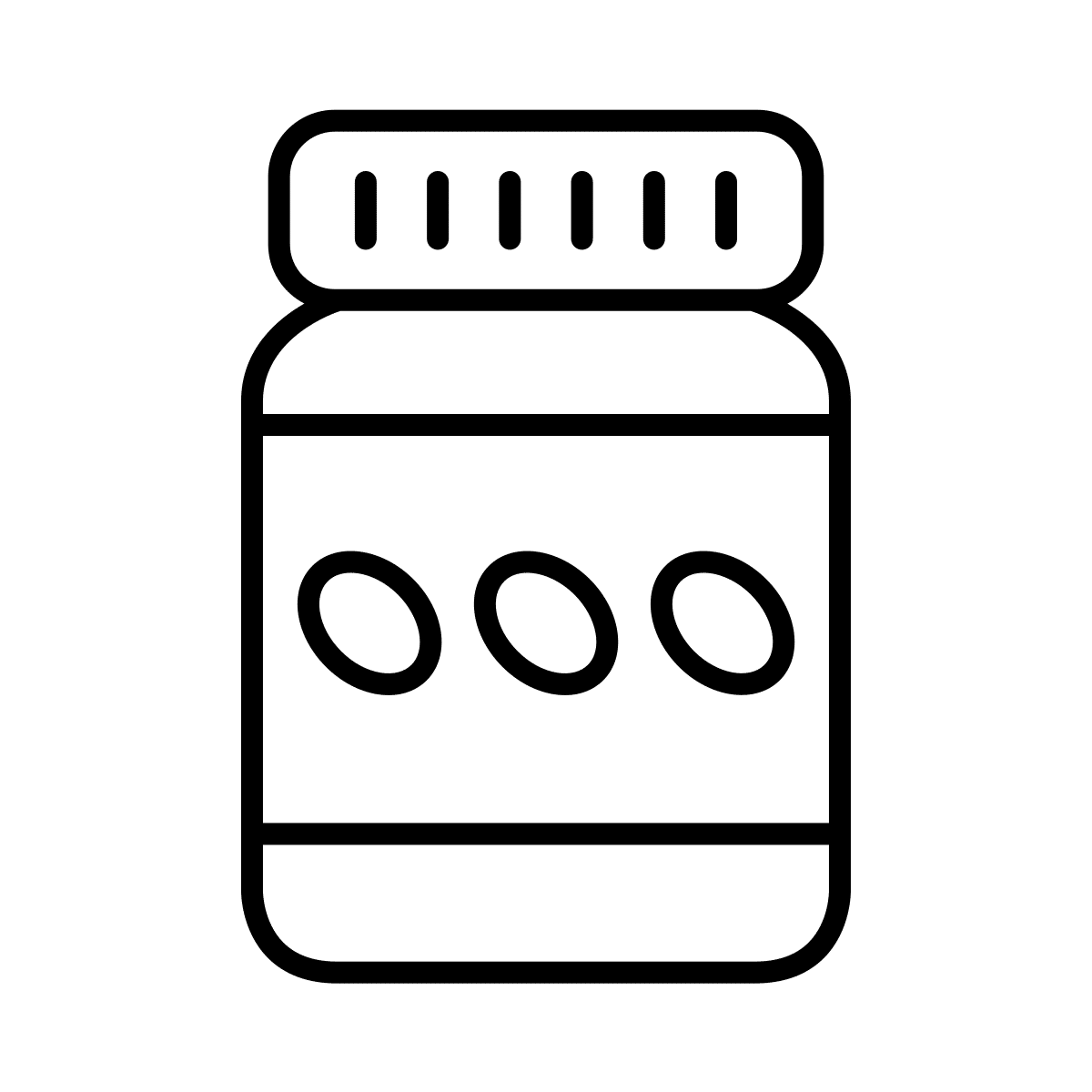Making an e-store app? Answer these 4 questions first if you want to succeed
In the United States, mobile devices now drive 70% of all online traffic and 16% of all e-commerce sales.
In other countries, mobile is now the primary source of e-commerce revenue – and an indirect driver of another $2 trillion in annual sales in 2016 alone.
How are mobile devices creating all this income for ecommerce businesses?
The answer is oddly simple and specific: through apps. Mobile users spend 90% of their mobile time inside apps and only 10% in their browser, making branded apps the single surest way to win at mobile e-commerce.
This is why leading e-commerce brands like Amazon, Macy’s and even Netflix have been focusing on their mobile apps for years.
The question is, can small and mid-sized businesses also benefit from branded apps?
The answer is once again simple. Mobile users open the average e-commerce app 17.5 times per month, driving 53% of an average organization’s sales. This means that making an e-commerce app should be a priority for businesses of all sizes.
But before you rush out and put together an app, there are 4 supremely important questions for you to answer. Fail to get these right and your mobile app won’t just do poorly; it’ll actively hurt your brand and scare potential customers away from you.
As a service provider that’s helped hundreds of businesses make their own e-store apps, we’ll guide you through these 4 questions starting with…
1. What Will Your User Experience Be Like?
As you already know, apps are a necessity in modern digital marketing. Marketers, entrepreneurs and managers all know this – and as a result, many rush their first app iteration out, ASAP.
This is a dreadful mistake. Here’s why.
More than 50% of all users have experienced problems with mobile apps. This figure should scare you, because nearly 80% of all consumers only retry an app once or twice if it doesn’t work properly the first time.
This means that your app will do poorly if it offers a poor user experience (UX). Fortunately for us, a top-notch UX design is as simple as remembering a few simple tips and questions:
- Always opt for native apps that are developed for for a specific operating system and stored locally, unlike hybrid apps. They’re easier, faster and more intuitive to use – and at this point, they’re just as affordable as web-based and hybrid apps. Why would you ever consider anything else?
- Are your payment gateway integrations are smooth. This is a major source of frustration for mobile users, and will result in a high cart abandonment rate if glitchy.
- Minimized “heavy” elements that slow down apps – like gratuitous H.D. images?
- Have you tested your app extensively across different device and OS versions?
- Have you checked out all its features – even the ones you wouldn’t personally use? Think of features that are important to your business, e.g. look-books and social sharing if you’re in fashion.
Details like these can make or break an app on the open market. It’s critical you go over them them before releasing one of your own.
The next critically important question is…
2. Should You Go SaaS-Built or Custom?
85% of all mobile users prefer mobile apps to mobile websites. Apps are perceived as more convenient (55% of respondents), faster (48%) and easier to browse (40%).
These statistics mean that building an estore App is a no-brainer – especially if your product is in a niche where buyers make repeat purchases, e.g.:
- Fashion
- Cosmetics
- FMCC (e.g. household consumables)
- B2B
- Food and drink
But can you realistically make a top-notch app that delights users with SaaS tools – or should you hire a team to make a custom one instead?
The answer is twofold.
If you have very specific demands, like gamification in Apps, you’re better off making a custom app. That way, you can get all the unique features you want – but you will end up paying $7,000+ per platform, or $15,000+ to release on Android and iOS.
But if you simply want to build an estore app that’s beautiful and functional, you can opt for an SaaS solution. Today, there are many platforms that let managers, marketers and entrepreneurs build e-commerce apps without coding.
All they require is a small monthly or annual subscription fee while giving you advanced functions like:
- In-app shopping
- Native user experience design
- One-click checkouts
- PUSH notifications
- Look-books
- Social sharing
- Loyalty programs
- Etc
Another benefit of these DIY, no-code platforms is that they allow you to change your app on-the-fly. You don’t have to hire a developer, you don’t have to give your code to anyone else, you don’t have to pay through the nose for a minor change. You’re in the driver’s seat.
To decide whether you should pay more and get a custom app, make a realistic list of the features you’ll need. Then try making an ecommerce app mock-up for free here, and see if you can include these features.
3. How does your App fit into your M-Commerce Strategy?
Your app isn’t just an afterthought to your product and your marketing. It can literally guide users through your entire sales funnel, from “acquisition” or “engagement” to “sales”.
One area in which building an ecommerce app can really help you, though, is repeat business. Once a customer knows and trusts your brand, your app becomes their “shopping basecamp” where they buy frequently and reliably.
Having said that, there are many ways in which an app can engage users, drive sales and increase customer loyalty. Let’s illustrate what we mean by showing how a mobile app can improve the results with a standard AARRR funnel:
AARRR Your Mobile App
- Acquisition The app gets downloaded by a user
- Activation The app gets used for the first time
- Retention The users come back to your product via triggers like PUSH messaging, in-app incentives & the App Icon
- Referral Incentive-driven social shares and direct referrals to the app
- Revenue Customers buy products repeatedly and the lifetime value get’s extended.
It’s important to plan where your app will fit into your m-commerce strategy and funnel. The average smartphone user spends over 2 hours using apps each day – and you don’t want to miss out on all the marketing opportunitiesthat creates.
Next up, let’s look at perhaps the most important question that will make or break or break your app…
4. What are you going to do about App Marketing?
Building an ecommerce app will only work if people use it. This can be a problem, because as you already know, mobile users are very picky and sensitive.
Point in case: 25% of apps are never used and another 26% are only ever used once. If you want the app you make to be in the other 49% that do get used regularly, you’ve got to be effective at marketing elements like:
- Push messages
- Your app name
- Your app design
- Your app logo
- App store descriptions and screenshots
We cover 8 advanced ways to maximize your results there, and using just a few of our simple tips can improve your ROI and sales drastically.
And there you have it: the 4 questions you need to consider before building your own e-commerce app. Let’s go over them one more time:
What Will Your User Experience Be Like?
Should you go SaaS-built or Custom?
How does Your App Fit Into Your M-Commerce Strategy?
How Are You Going to Market Your App?
Thank you for reading – and before you leave, we’d like to give you one more free tip that will save you thousands of dollars and months of time in potential development costs.







